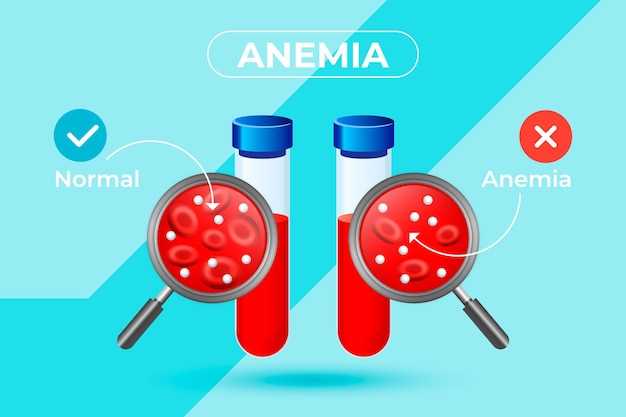
When it comes to treating chlamydia, selecting the appropriate antibiotic is crucial for successful recovery. Two common options for treating chlamydia are erythromycin and azithromycin. Both antibiotics are effective in combating the infection, but they have some distinct differences.
Comparing Erythromycin and Azithromycin
Erythromycin and azithromycin are both antibiotics commonly used to treat bacterial infections, including chlamydia. However, they belong to different antibiotic classes and have distinct mechanisms of action.
Erythromycin: Erythromycin is a macrolide antibiotic that works by inhibiting bacterial protein synthesis. It binds to the 50S ribosomal subunit and prevents the formation of new proteins in the bacteria, ultimately leading to their death.
Azithromycin: Azithromycin, on the other hand, is a subclass of macrolide antibiotics known as azalides. It also interferes with bacterial protein synthesis by binding to the 50S ribosomal subunit but has a broader spectrum of activity and longer half-life than erythromycin.
Overall, azithromycin is considered more effective and convenient for the treatment of chlamydia due to its once-daily dosing regimen and longer duration of action compared to erythromycin.
When choosing between erythromycin and azithromycin for the treatment of chlamydia, healthcare providers consider factors such as the patient’s medical history, allergic reactions, and overall effectiveness of the antibiotics.
Mechanism of Action
Erythromycin and azithromycin are both antibiotics that belong to the macrolide class. They work by inhibiting bacterial protein synthesis, but they act in slightly different ways.
How Erythromycin Works
Erythromycin binds to the 50S subunit of the bacterial ribosome, preventing the synthesis of proteins necessary for bacterial growth. By inhibiting protein synthesis, erythromycin effectively stops the growth and multiplication of bacteria.
How Azithromycin Works
Azithromycin works similarly to erythromycin by binding to the 50S subunit of the ribosome, but it has a broader spectrum of activity and longer half-life. This allows for a more convenient dosing regimen and increased efficacy against a variety of bacterial infections.
| Erythromycin Mechanism | Azithromycin Mechanism |
| Binds to 50S ribosomal subunit | Binds to 50S ribosomal subunit |
| Inhibits bacterial protein synthesis | Inhibits bacterial protein synthesis |
| Effective against various bacterial infections | Broader spectrum of activity |
Effectiveness and Efficacy
When it comes to treating chlamydia, both erythromycin and azithromycin are effective antibiotics. However, studies have shown that azithromycin is generally more effective in eradicating the infection compared to erythromycin. This is due to its longer half-life and ability to achieve higher concentrations in the infected tissues.
Azithromycin is also preferred over erythromycin due to its convenient dosing regimen. Azithromycin is typically taken as a single dose or a short course of treatment, whereas erythromycin may require multiple doses throughout the day for a longer duration.
Additionally, azithromycin has been found to have a higher cure rate and lower rates of treatment failure compared to erythromycin. This makes it a more reliable option for the treatment of chlamydia infections.
Side Effects and Safety Profiles
When it comes to side effects and safety profiles, both Erythromycin and Azithromycin have similar potential adverse reactions that can occur during treatment. However, there are some differences to keep in mind.
Common Side Effects:
- Erythromycin: gastrointestinal disturbances, such as nausea, vomiting, and diarrhea
- Azithromycin: similar gastrointestinal side effects
Serious Side Effects:
- Erythromycin: rare but possible side effects include allergic reactions, hepatotoxicity, and QT interval prolongation
- Azithromycin: also rare but may include hepatotoxicity and QT prolongation
It is important to consult with a healthcare provider before starting any antibiotic treatment to discuss potential side effects, especially if you have a history of allergic reactions or other medical conditions.
Cost Comparison

When it comes to cost, Erythromycin and Azithromycin vary in price. Erythromycin is generally more affordable compared to Azithromycin. The cost of Erythromycin is lower because it is available as a generic medication, which makes it more cost-effective for individuals who may not have insurance coverage or have a limited budget for healthcare expenses.
On the other hand, Azithromycin tends to be more expensive due to its brand name status and higher production costs. However, some insurance plans may cover Azithromycin, reducing the out-of-pocket expenses for patients. It is essential to check with your healthcare provider or pharmacist to determine the most cost-effective option for your specific situation.
